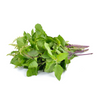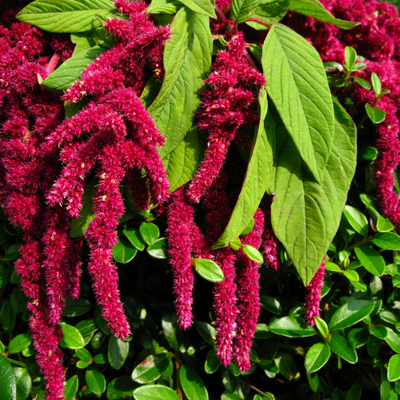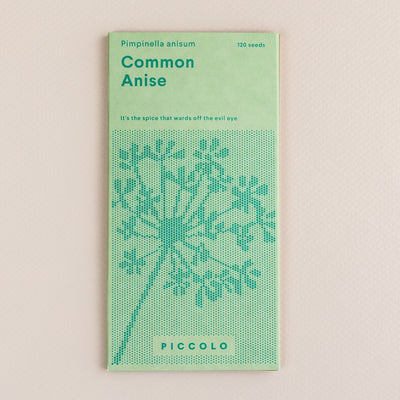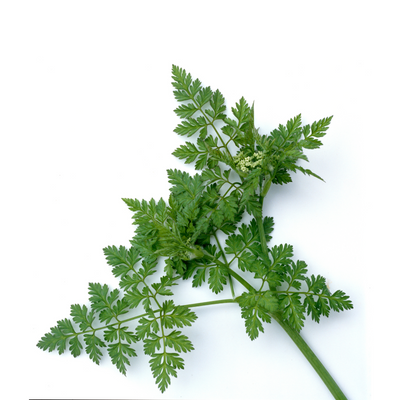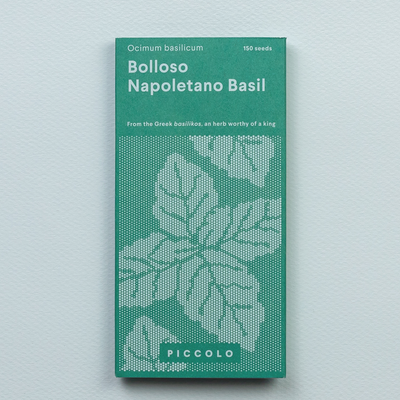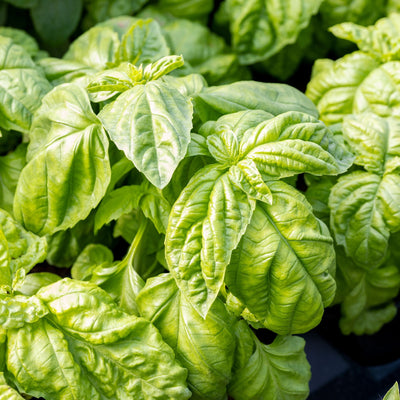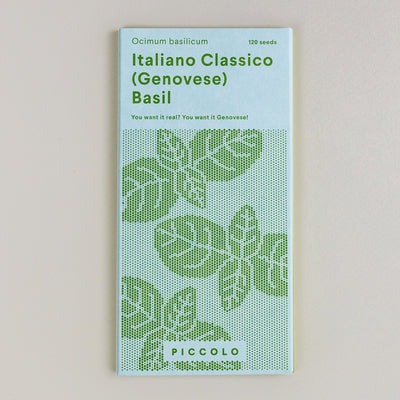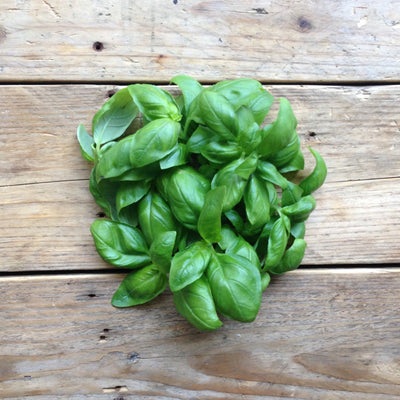Basil Holy Green



Regular price €3.00
Ocimum tenuiflorum (also Ocimum sanctum), commonly known as holy basil, or Tulsi, is an aromatic perennial plant native to the Indian subcontinent that is cultivated widely throughout Southeast Asia for religious and traditional medicine purposes, such as in herbal teas in Ayurveda. The leaves also are used in the worship of Vishnu, while the plant is viewed as protective for the home. With such grandiose uses, it may seem outrageous to use it in cooking. Nonetheless Tulsi is well-known in Southeast Asia cuisine, and during the hot summer months, you should be able to find big bunches of it at farmers' markets with ethnic stalls.
Details
Latin name
Ocimum tenuiflorum
Seeds
125 seeds
Name
Basil
Variety
Holy Green/Tulsi
Short description
An herb for all reasons.
Plant size
Height 60 cm
Width 60 cm
Container size
Height 20 cm
Width 20 cm
Companion plant
Coriander, mint, oregano, thyme, tomatoes, peppers, eggplants.
How to grow
Sowing
Indoor Feb-Mar
Outdoor Apr-June
Timing
Germination 7-14 days
Harvesting 40 days
Spacing
When sowing 2-3 cm; Depth 0,5 cm
When thinning 5-10 cm
Growing
Sunligth Full sun
Soil Well-drained, light and moist soil
Watering Regular watering, not overdone
Feeding Light feeder
Caring
Expert tip As Tulsi plants are highly frost-sensitive, it can be grown as an annual in temperate climates as long as you wait until the last frost has passed in the spring before planting.
Supporting
Pollinators Attracts bees and butterflies and many insects species.
Pests Caterpillars and aphids attack it
How to eat
Harvesting
When it comes to harvesting, less is best. Harvest the plant’s leaves regularly, in small amounts, to encourage continuous growth. Pinch the leaves gently, as they can bruise easily, which can damage the scent or flavour.
Eating
Medicinal properties Teas bring clarity and beat stress. The act of drinking itself can be as calming as yoga.
How to eat Holy basil commonly is used in Thai cuisine to make pad gkaprow, a signature stir-fried recipe with garlic, fresh chillies and fish sauce. Holy basil’s peppery spiciness has earned it the nickname ‘hot basil’.


